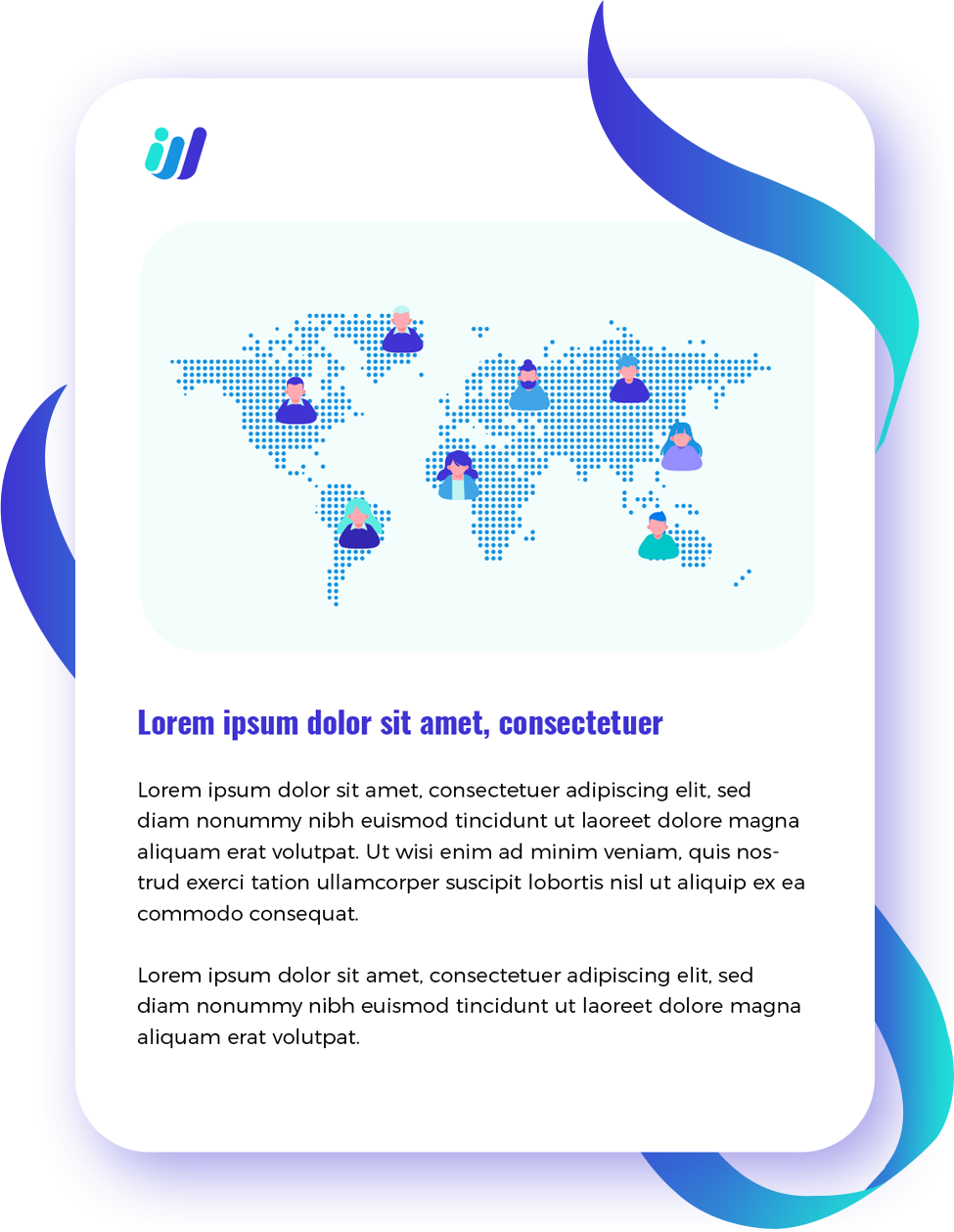As businesses shift towards third wave outsourcing, which emphasizes strategic partnerships and value creation over mere cost-cutting, it is crucial to measure success effectively. Metrics and Key Performance Indicators (KPIs) are crucial to evaluating outsourcing engagements. In addition to monitoring performance, these metrics ensure alignment with broader organizational goals. We’ll examine KPIs for measuring outsourcing success and best practices for implementing them in this article.
What Are KPIs in Outsourcing?
Key Performance Indicators (KPIs) are quantifiable measures used to evaluate success in meeting specific business objectives. In outsourcing, KPIs are used to assess the performance of third-party service providers, tracking aspects like cost savings, service quality, customer satisfaction, and risk management.
Importance of KPIs in Outsourcing
KPIs provide a structured approach to vendor management by defining clear performance standards. They allow organizations to:
- Monitor vendor performance
- Identify areas for improvement
- Address issues before they escalate
- Ensure accountability
- Facilitate continuous improvement
KPIs, therefore, are essential in aligning outsourcing engagements with strategic business goals and ensuring transparency in service delivery.
Key KPIs for Measuring Outsourcing Success
Choosing the right KPIs depends on the specific objectives of the outsourcing engagement. Here are some of the most critical KPIs used in measuring third wave outsourcing success:
- Cost Savings
Cost savings remain one of the most important reasons businesses outsource. Cost-related KPIs measure financial gains from reduced labor costs, overhead expenses, and improved operational efficiency. Common cost-saving KPIs include:
- Reduction in operational costs
- Labor cost reductions
- Return on investment (ROI)
Tracking these KPIs helps organizations determine if outsourcing is delivering the desired financial benefits.
- Quality of Service
Quality of service measures how well the vendor performs the outsourced tasks in terms of accuracy, reliability, and compliance with service level agreements (SLAs). Important metrics include:
- Error rates
- Customer satisfaction scores
- SLA adherence
High service quality KPIs reflect the vendor’s ability to meet or exceed performance expectations.
- Timeliness
Timeliness KPIs measure the vendor’s ability to deliver services within agreed timeframes. These are critical for time-sensitive industries where delays could affect business continuity. Examples include:
- Percentage of projects completed on time
- Response time for issue resolution
Tracking timeliness ensures efficiency and reduces risks of missed deadlines or backlogs.
- Customer Satisfaction
Customer satisfaction metrics assess how happy end-users are with the services provided by the vendor. These KPIs can be measured through:
- Net promoter score (NPS)
- Customer feedback surveys
- Retention rates
High customer satisfaction is often a key indicator of a successful outsourcing relationship, as it reflects the vendor’s ability to meet client expectations.
- Employee Satisfaction
While customer satisfaction is critical, organizations must also consider the satisfaction of internal employees who interact with outsourcing vendors. Employee satisfaction KPIs include:
- Job satisfaction ratings
- Employee feedback surveys
Engaged employees contribute to better productivity and stronger collaboration between internal teams and external vendors.
- Productivity
Productivity KPIs measure the efficiency of the outsourced process, such as the number of tasks completed, or transactions processed. Typical productivity KPIs are:
- Output per labor hour
- Task completion rates
These metrics help assess whether the outsourcing partner is delivering value by enhancing operational performance.
- Efficiency
Efficiency KPIs focus on the optimal use of resources. For outsourcing, this could mean streamlined processes or reduced waste. Examples include:
- Process optimization rates
- Resource utilization rates
Higher efficiency KPIs reflect a well-optimized outsourcing relationship, with better output and lower resource consumption.
- Contract Compliance
Contract compliance KPIs track how well vendors adhere to the terms outlined in the contract or SLAs. Metrics include:
- Percentage of SLA targets met
- Penalties for non-compliance
Monitoring compliance ensures that vendors meet their contractual obligations, which helps maintain trust and performance standards.
- Risk Management
Outsourcing involves various risks, such as data security and service disruptions. Risk management KPIs assess how effectively these risks are mitigated. Common metrics are:
- Incident response time
- Security breach rate
These KPIs help identify potential threats early, ensuring proactive risk management.
- Innovation
Innovation KPIs evaluate how much value the vendor adds by introducing new technologies or improving processes. Metrics could include:
- Number of new solutions proposed by the vendor
- Implementation of technology upgrades
Vendors that drive innovation demonstrate a high level of engagement and alignment with the client’s strategic goals.
Best Practices for Setting and Tracking KPIs
- Align KPIs with Business Objectives
Outsourcing KPIs should reflect the overall business goals, ensuring that outsourcing supports the broader strategy. This ensures that the metrics tracked are relevant to business success.
- Use SMART KPIs
KPIs should follow the SMART framework: Specific, Measurable, Achievable, Relevant, and Time-bound. This ensures clarity and makes it easier to track and measure progress.
- Collaborate with Service Providers
Effective KPI setting involves collaboration between the business and the outsourcing vendor. This ensures both parties are aligned and aware of expectations.
- Regular Reporting and Review
KPI tracking should include regular reporting and performance reviews. This helps identify trends and variances, enabling timely interventions and performance improvements.
- Leverage Technology for Tracking
Automated monitoring systems and performance dashboards provide real-time insights into KPI performance. Data visualization tools can further simplify complex data, making it easier to interpret and act on performance trends.
KPIs vs. SLAs: Understanding the Difference
While both KPIs and SLAs are crucial in outsourcing, they serve different purposes. SLAs set minimum service standards, such as uptime or response times, while KPIs provide a broader perspective on overall performance, including innovation, satisfaction, and cost savings. They complement each other, with SLAs ensuring basic compliance and KPIs driving overall success.
Challenges in Measuring KPIs
- Data Availability and Accuracy
Collecting accurate and reliable data can be difficult, especially if data is sourced from multiple systems or lacks standardization. Automating data collection and establishing governance frameworks helps ensure accuracy.
- Subjective Metrics
KPIs like customer or employee satisfaction can be subjective. Surveys, interviews, and using established scales help reduce bias and ensure a fair assessment.
- Limited Control Over Outsourced Activities
When working with external vendors, organizations have less control over processes. Regular evaluations, clear communication, and shared goals can help overcome this challenge.
Conclusion
KPIs are critical for measuring the success of third-wave outsourcing, providing a comprehensive view of performance across cost, quality, risk, and innovation. By aligning KPIs with business objectives, setting SMART goals, and leveraging technology for tracking, organizations can foster a successful outsourcing partnership that delivers measurable value.
By measuring KPIs effectively, businesses can not only achieve cost savings but also drive innovation, enhance customer satisfaction, and ensure continuous improvement. In the rapidly evolving landscape of third-wave outsourcing, KPIs are the compass that guide success.
Ready to Explore Third Wave Outsourcing?
Let’s connect and explore how Third Wave Outsourcing can empower your business. Contact us today for a FREE copy of our e-book on Third Wave Outsourcing and discover the potential of this transformative business strategy.


